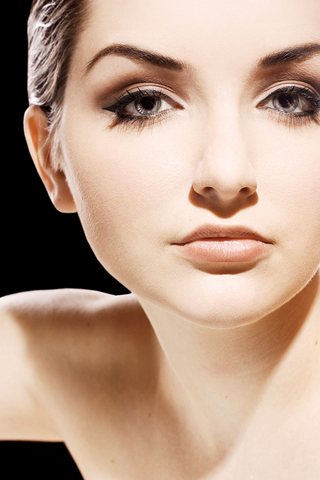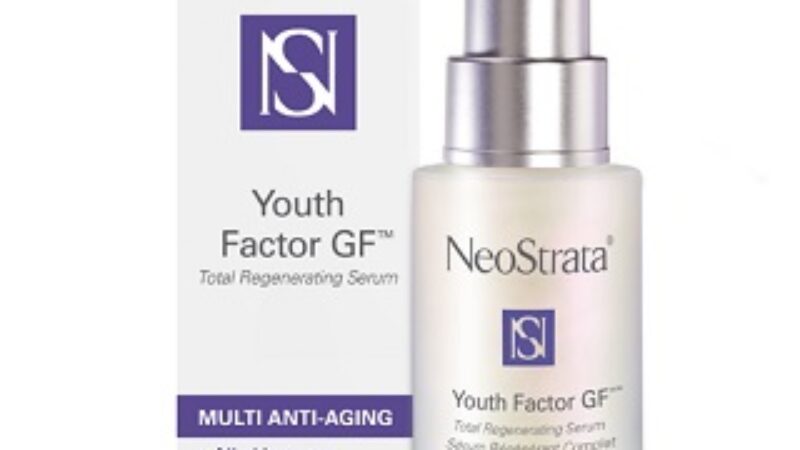Sun damage, also known as photo damage is a result of unprotected exposure to the sun’s ultraviolet rays. It may be classified as either acute (as in a sunburn) or chronic (more gradual skin changes observed over time due to accumulated sun exposure). Chronic sun damage results in skin changes that may include age spots, hyperpigmented skin, fine lines and wrinkles and loss of skin tone and elasticity. Pre-cancerous lesions and skin cancers may be another result of sun damage.
How Does Sun Damaged Skin Look?
Think of a baby’s smooth, unlined, firm and unblemished skin; this is what healthy and undamaged skin looks like. Sun damage results in many skin changes including:
- Fine and coarse wrinkles
- Skin roughness; sometimes a leathery texture is observed
- Loss of skin tone and elasticity
- Dark patches or increased pigmentation
Avoiding Sun Damage
Your best strategy is to try and avoid (or at the very least, minimize) sun damage by practicing sun avoidance and sun protection with the regular use of sunscreens that block against the sun’s UVA and UVB rays. Keep in mind that while UVB rays lead to acute sun damage (Burning), that UVA rays lead to chronic sun damage (Aging). Since UVA rays are prevalent year round even on the coldest, cloudiest day, you should aim to apply sunscreen every day, year round if you wish to keep your skin looking young and healthy. Consdier one of these UVA/UVB blocking sunscreens here.
Treating Sun Damage
If your youth was filled with carefree days at the beach or extended tropical holidays, without following smart sun habits, then you may be a candidate for reversing some of the damage caused by the sun. There are a number of products and treatments that can help, all to varying degrees. Here is what to consider:
- Hydroquinone creams and other skin lighteners can help to even out pigmentation and help with dark spots.
- Retinoids including prescription only products such as Retin A have been shown to reverse sun damage. A good non-prescription alternative is retinol, found in Green Cream, and which many individuals find easier to tolerate than prescription options.
- Alpha hydroxy acids can help to slough off dead, dry skin minimizing the appearance of fine lines and rough skin. Try Neostrata Skin Renewal Peel Solution
- Chemical peels. Stronger than at home peels (like Neostrata Skin Renewal Peel Solution above), chemical peels remove the top layer of skin cells and can help to regenerate new skin cell growth. Some peels can work deeper. Always work with a qualified professional to maximize results and minimize side effects. If you have darker skin, you may be at risk for increased pigmentation with a peel so consider one carefully.
- Resurfacing lasers. Several types are available, depending on the extent and depth of the sun damage. Consult with a qualified professional to determine the one most suitable for your needs.
- Antioxidants including Vitamin C and green tea can help to ward off further sun damage. Consider layering under your sunscreen daily.




My skin is very sensitive. Which is the best sun damage treatment?
For John,
Successful treatment of sun damage is challenging at the best of times. For sensitive skin, you may want to consider the original MaMa Lotion which contains gentle but effective malic and mandelic acid to reduce the appearance of hyperpigmentation and sun damage. However, with any new product, please ensure you perform a skin patch test to minimize any possible irritation. To prevent any future sun damage, a stable, broad-spectrum sunscreen like Anthelios is also key.
Best, Sharmani